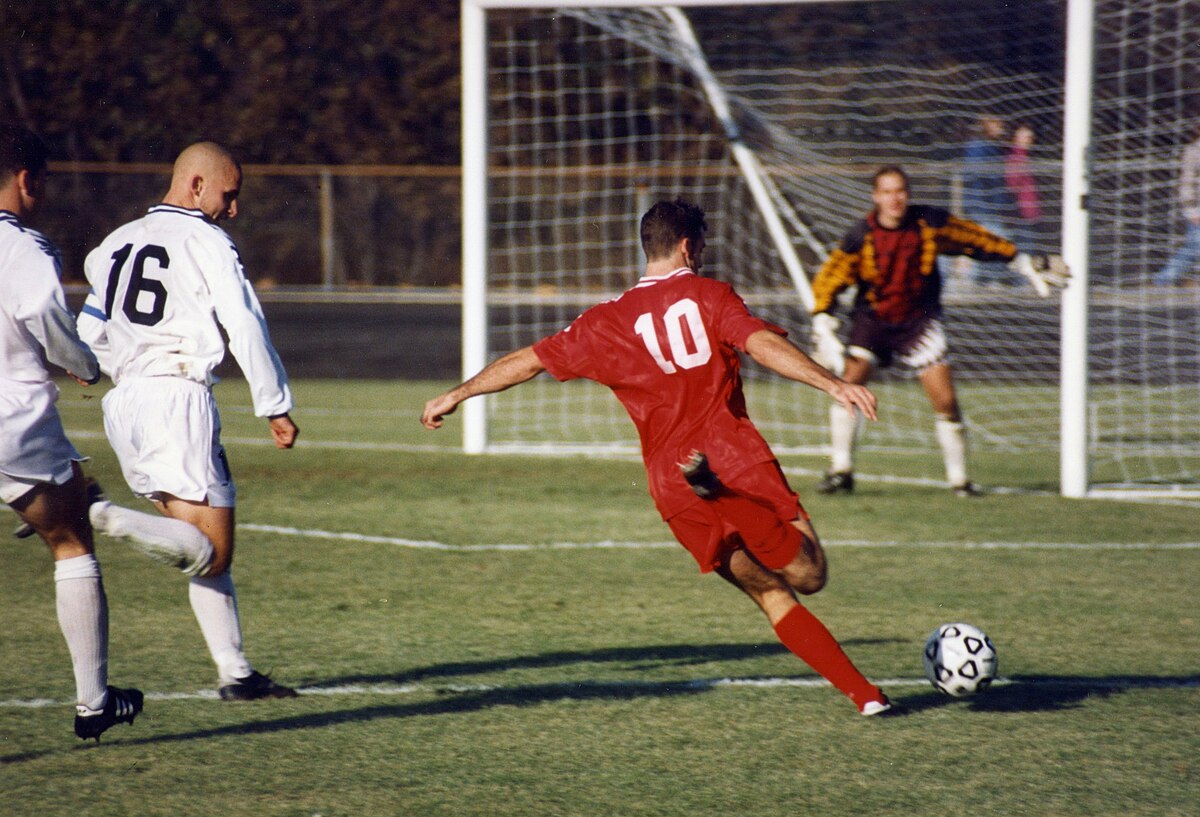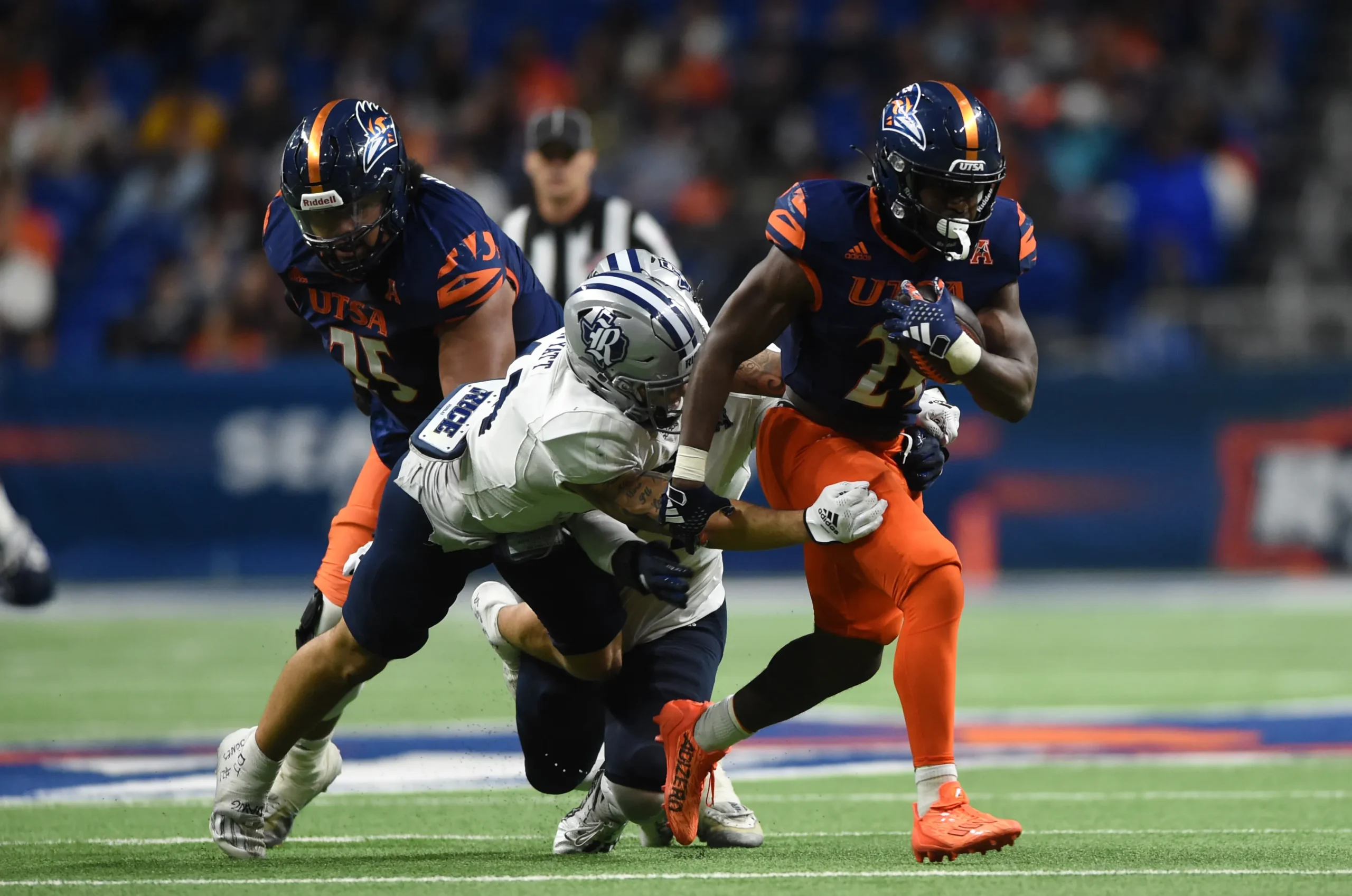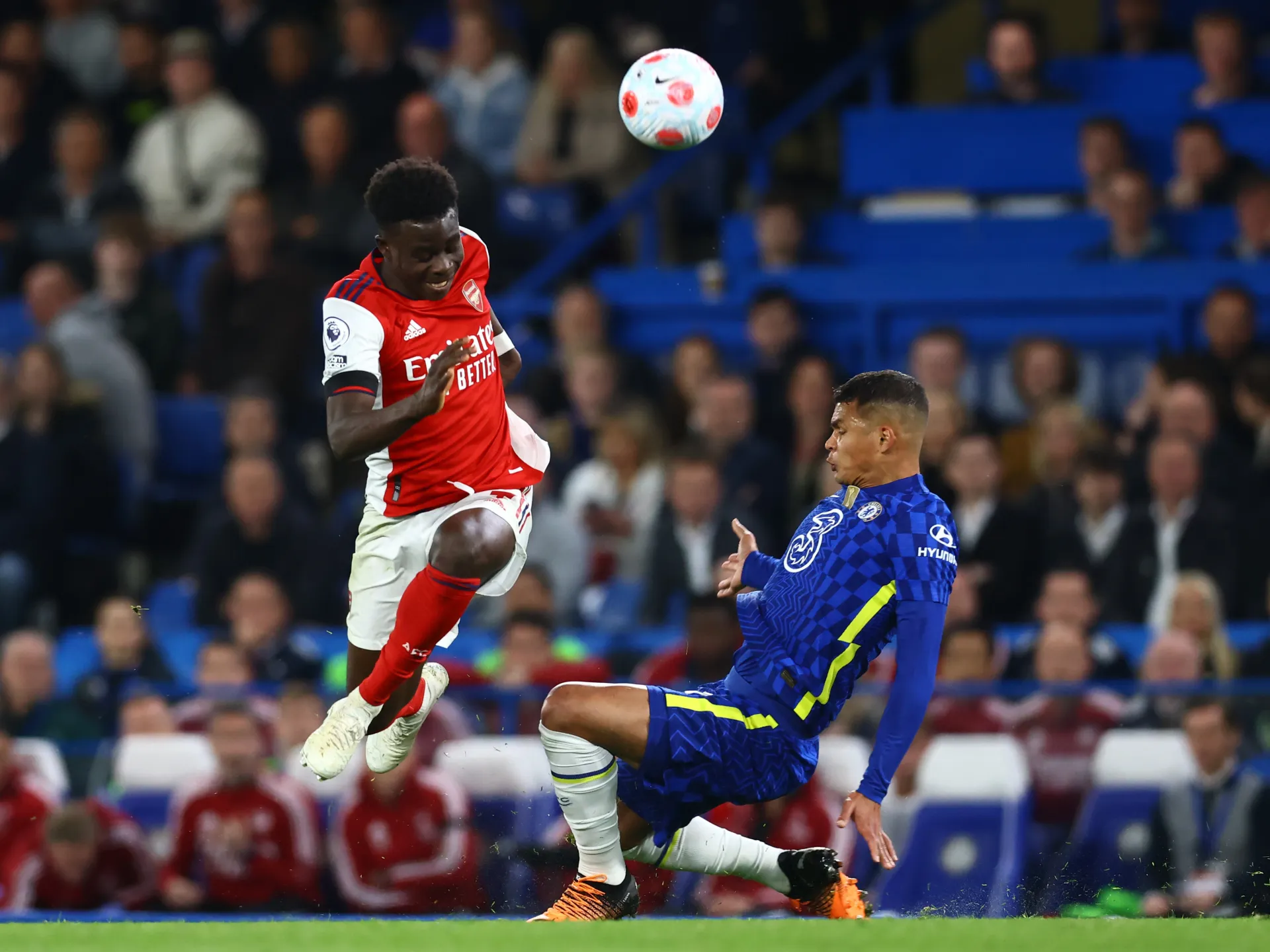Is it Soccer or Football? The History of the Sport

Hey there, fellow sports enthusiast. Picture this: It’s a crisp autumn afternoon in my hometown, and I’m out on the patchy grass field behind our old high school, lacing up my beat-up cleats for a pickup game. A mix of kids from every corner of the neighborhood—some calling it “soccer,” others yelling “football!”—all chasing that same round ball like it’s the last slice of pizza at a party. That’s when it hit me: this game isn’t just a sport; it’s a bridge across cultures, a language everyone speaks without words. But why the endless debate over its name? And how did a simple kickaround evolve into the global obsession we know today? Let’s dive in, shall we? I’ll walk you through the wild ride of its origins, the splits that shaped it, and why, no matter what you call it, it’s woven into the fabric of our world.
Ancient Roots: Kicking It Old School
Long before stadium lights or million-dollar contracts, humans were already obsessed with chasing balls. Think back over 2,000 years to ancient China, where a game called cuju had folks kicking a feather-stuffed leather ball through a small hoop—kinda like an early version of basketball meets hoops. It wasn’t just play; it was military training, building agility and teamwork. Fast forward to ancient Greece and Rome, where episkyros and harpastum involved teams hurling or booting inflated animal bladders across fields, often with a dash of roughhousing that’d make today’s referees reach for the red card.
These weren’t organized matches like we’d recognize, but they planted the seed for what became association football. In Mesoamerica, the Olmecs and Maya played a ritual ball game with rubber spheres, where losing could mean, well, losing your head—literally. It’s a reminder that this sport’s DNA is tied to human joy, strategy, and even a bit of ancient drama. No wonder it stuck around.
Medieval Mayhem: Folk Football’s Wild Days
Jump to medieval Europe, and football was less “beautiful game” and more chaotic village brawl. Picture hundreds of villagers—farmers, blacksmiths, anyone with boots—divided into teams, trying to shove a pig’s bladder from one end of town to the other. Goals? Maybe the church steeple or the local river. Rules? Ha! There were none, really. King Edward II even banned it in 1314 because it distracted archers from practicing for wars. But bans just fueled the fire; by the 16th century, it was a staple at English fairs, with bets flying and crowds roaring.
I remember reading about Shrovetide football in Ashbourne, England—a tradition still going strong today—where the whole town turns into one massive, muddy scrum. It’s hilarious and terrifying, like if your family reunion involved tackling your uncle over a beach ball. These mob games built community but also begged for structure as cities grew and folks wanted fair play.
The Big Split: Association vs. Rugby in 19th-Century England
By the mid-1800s, England’s public schools were hotbeds for refining the chaos. Different schools had their twists: Eton emphasized kicking (dribbling), while Rugby allowed carrying the ball—thanks to that legendary (if apocryphal) tale of William Webb Ellis picking it up in 1823. Universities like Cambridge tried harmonizing rules in 1848, but tensions boiled over. Enter 1863: Eleven clubs met at London’s Freemasons’ Tavern, forming the Football Association (FA). They drew the line—no hands, except for goalies. Boom: association football was born, distinct from rugby.
This wasn’t just bureaucracy; it was a revolution. Ebenezer Cobb Morley, a solicitor and Barnes FC captain, pushed for it because endless arguments ruined the fun. Suddenly, games had standardized laws: 11 players per side, a round ball, goals 8 yards wide. It spread like wildfire through factories and mills, where working-class lads formed clubs. Light-hearted aside: Imagine explaining to your boss why you’re late— “Sorry, got carried away… literally, in the rugby version.”
The Birth of “Soccer”: A British Invention Goes Global
Here’s where the name drama kicks in. “Association football” was a mouthful, so Oxford students in the 1880s—those slang-loving toffs—shortened it to “assoc,” then slapped an “-er” on for flair (like “rugger” for rugby). Voilà: “soccer.” It caught on in Britain but faded by the 20th century as “football” stuck for the no-hands version. Across the pond? Americans latched onto “soccer” to avoid confusion with their budding gridiron game, which borrowed rugby’s carrying but added helmets and huddles.
By the 1870s, the sport hopped continents via British sailors, traders, and missionaries. Argentina’s Buenos Aires FC formed in 1867; Germany’s first club in 1874. FIFA launched in 1904 to govern it all, and the first international? Scotland vs. England in 1872, a 0-0 snoozer that proved draws could be thrilling. Emotional pull: My grandpa, an immigrant from Italy, used to say soccer was his ticket to belonging—kicking a ball erased accents overnight.
Key Milestones in Early Spread
- 1871: FA Cup kicks off, the world’s oldest knockout tournament.
- 1888: First women’s match in Scotland—crowds loved it, but bans followed till the 1970s.
- 1900: Olympics add football, boosting its Olympic stardom.
These steps turned a pub game into a passion.
Professionalization and Leagues: From Amateurs to Stars
As factories boomed, so did paid players. The Football League launched in 1888 with 12 English clubs—Blackburn Rovers won the first title. Professionalism exploded: By 1893, the Southern League joined, and gates drew thousands. In South America, Uruguay’s 1916 Copa América birthed continental rivalry. Europe? The 1908 Olympic gold for Britain sparked leagues everywhere.
Stateside, it lagged—immigrant leagues like the ASL in 1919 thrived, but American football stole the spotlight. Still, the 1930 World Cup (Uruguay’s win) hooked the globe. Humor break: Early pros traveled by train, swapping muddy boots for beer—today’s jets and Gatorade feel like cheating.
| Era | Key Development | Impact |
|---|---|---|
| 1880s | First pro leagues in England | Shift from amateur to paid talent pools |
| 1900s | Olympics integration | Global exposure, amateur ethos preserved |
| 1930s | World Cup debut | Uruguay’s home win cements international prestige |
This table shows how structure fueled growth—without leagues, no Messi magic.
The Naming Debate: Soccer vs. Football Showdown
So, is it soccer or football? Both, really—context is king. Globally, 208 countries call it football (or variants like fútbol), per FIFA. In the US, Canada, and Australia, “soccer” clarifies amid gridiron dominance. Fun fact: Brits coined “soccer” but ditched it by the 1980s as class snobbery waned—working folk preferred plain “football.”
Soccer vs. American Football: A Quick Comparison
Ever wondered why the names clash? It’s roots in shared ancestry but divergent paths. Soccer (association) bans hands; American football embraces them. Here’s a side-by-side:
| Aspect | Soccer (Football) | American Football |
|---|---|---|
| Players per Team | 11 (fluid positions) | 11 (specialized offense/defense) |
| Ball Shape | Spherical, for kicking | Prolate spheroid, for throwing/gripping |
| Field Size | 100-110m long | 100 yards + end zones |
| Scoring | Goal = 1 point | Touchdown = 6, field goal = 3 |
| Game Flow | Continuous 90 mins | Stop-start plays, 60 mins clock time |
| Gear | Cleats, shinguards | Helmets, pads—heavy protection |
| Global Fans | 4 billion | ~400 million (mostly US) |
Pros of soccer: Pure athleticism, no pads needed—anyone can play. Cons: Low scores frustrate casual fans. American football pros: Strategic chess matches. Cons: Injury risks, less accessible globally. It’s like comparing poetry (soccer’s flow) to theater (football’s drama).
Personally, I once tried explaining soccer to an NFL die-hard uncle at Thanksgiving. “No helmets? Madness!” he laughed. But after a backyard hybrid game—soccer rules with shoulder pads—he admitted the footwork’s elegance won him over. Relatability at its finest.
World Wars to World Cup: Trials and Triumphs
World Wars tested football’s soul. In WWI, “trenches football” boosted morale—truces for matches amid mud and shells. Post-war, the 1930 World Cup in Uruguay (13 teams, no Europe snub) set the stage. Women’s game? Banned by the FA in 1921 (lifted 1971), yet Dick, Kerr Ladies drew 50,000 in 1920—bigger than men’s finals!
The 1950 “Maracanazo”—Uruguay upsetting Brazil—broke hearts. Pele’s 1958 wizardry made Brazil legends. By 1966, England’s home World Cup win (that ball’s still debated) proved underdogs bite. Emotional: My dad’s stories of 1970 Mexico ’66—black-and-white TV, family huddled—feel like inherited magic.
Modern Era: Money, Messi, and Momentum
The Premier League’s 1992 launch turned clubs into brands—Man United’s global empire. VAR in 2018 sparked debates: Fair or fun-killer? Women’s boom? The 2019 World Cup final (US vs. Netherlands) drew 1.12 billion viewers. In the US, MLS hit 10 million fans in 2023, fueled by Messi joining Inter Miami.
Challenges? Corruption scandals, like FIFA’s 2015 mess, but reforms cleaned house. Future? eSports hybrids, AI scouting—evolution marches on.
Pros & Cons of Modern Football
Pros:
- Inclusivity: Grassroots to pros, 250 million players worldwide.
- Unites Nations: World Cup trumps Olympics in viewership.
- Tech Boost: VAR ensures justice; data analytics sharpens edges.
Cons:
- Inequality: Rich clubs dominate; smaller nations struggle.
- Burnout: Packed schedules test players’ limits.
- Commercial Overload: Ads sometimes eclipse the art.
Bullet-point wins: It’s accessible (just a ball needed), promotes fitness, and fosters lifelong bonds—like my weekly five-a-side with mates, where egos deflate faster than the ball.
People Also Ask: Real Google Gems
Ever typed “soccer or football” into Google? Here’s what folks are pondering, straight from the search engine—informational gold:
- Why do Americans call it soccer? To dodge mix-ups with gridiron. Brits invented “soccer” but stuck with “football” as it globalized. (For more, check FIFA’s history page.)
- What came first, soccer or American football? Soccer’s roots hit 2,000+ years back; modern association rules in 1863. American football evolved from rugby in the 1870s—soccer wins the timeline race.
- Is soccer the most popular sport in the world? Absolutely—4 billion fans, per FIFA. American football? Tops in the US but trails globally.
- How did soccer get its name? From “association” shortened to “soc,” then “soccer” via Oxford slang. Simple as that.
These queries nail the curiosity—proving the debate’s alive and kicking.
Where to Dive Deeper: Navigational Nuggets
Want to geek out? Start with FIFA’s official history archives for timelines and docs. For US twists, the Society for American Soccer History offers essays and footage. Books? Jonathan Wilson’s Inverting the Pyramid unpacks tactics’ evolution—grab it here. Museums? FIFA’s Zurich spot has artifacts; virtually tour via their site.
Transactional tip: Best tools for budding historians? A subscription to RSSSF for stats (free basics), or apps like Transfermarkt for player lineages. For hands-on, snag a vintage leather ball from Etsy vintage sports shops—feels like time travel.
FAQ: Your Burning Questions Answered
Got queries? Here’s a roundup of real user searches, answered crisp:
- When was the first organized soccer match? November 1862, Barnes vs. Richmond under FA precursor rules—0-0, but groundbreaking.
- Who invented soccer? No single inventor; England codified it in 1863, but ancient games like cuju inspired it.
- Why is the World Cup every four years? To sync with Olympics originally; now balances club seasons without burnout.
- How has women’s soccer evolved? From 1920s bans to 2019’s billion-view final—FIFA’s investment tripled participation since 2010.
- What’s the biggest upset in soccer history? Greece’s 2004 Euro win—underdogs beating Portugal 1-0 in the final.
 What Is Health? A Deep Dive into the Foundation of a Fulfilling Life
What Is Health? A Deep Dive into the Foundation of a Fulfilling Life  The Hidden Toll: How a Packed Football Schedule Is Breaking Players’ Minds
The Hidden Toll: How a Packed Football Schedule Is Breaking Players’ Minds  4 Principles for Improving Health Care Around the World
4 Principles for Improving Health Care Around the World  Health and Wellness: A Holistic Approach to Happy Living
Health and Wellness: A Holistic Approach to Happy Living  Yesterday’s Gridiron Glory: A Rollercoaster Recap of College Football’s Wild Week 7 on October 11, 2025
Yesterday’s Gridiron Glory: A Rollercoaster Recap of College Football’s Wild Week 7 on October 11, 2025  Five Football Matches You Should Not Miss Today
Five Football Matches You Should Not Miss Today